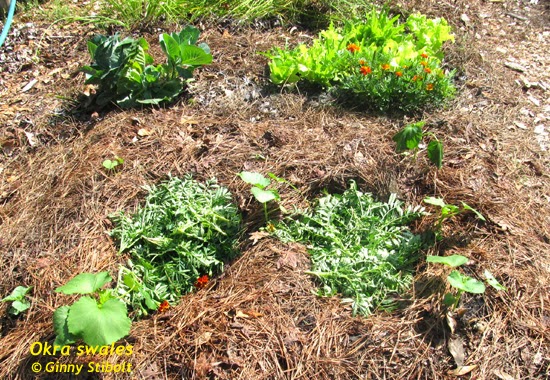Okay Kids, what about those dandelions? They are beautiful...okay take a second look and really look at their beauty. Right you see it now! I was weeding the garden and looking at all of the dandelions that I was throwing away. I am sure that I can do something with all of this "waste". What about Pesto, ever heard about arugala pesto? Here is the low down... I was so surprised at how unbitter this pesto was, really it was so delicious that I just had to make it again... and again! So surprised!
Pulse the garlic and pumpkin seeds together in the bowl of a food processor until very finely chopped.
Add nutritional yeast, dandelion greens, and lemon juice and process continuously until combined. Stop the processor every now and again to scrape down the sides of the bowl. The pesto will be very thick and difficult to process after awhile — that's ok.
With the blade running, slowly pour in the olive oil and process. Add the water a little bit at a time until the pesto is smooth. Add salt and pepper to taste.
Dandelion Pumpkin Seed Pesto
Makes Makes about 2 cupsIngredients
- ¾ cup unsalted hulled (green) pumpkin seeds
- 4 garlic gloves
- 2 tablespoons nutritional yeast
- 1 bunch dandelion greens (about 6 cups, loosely packed)
- 1 lemon juiced
- ½ cup extra-virgin olive oil
- ⅛ cup water
- 1 teaspoon kosher salt
- Black pepper, to tasted
Directions
Place pumpkin seeds in a large skillet and roast over medium heat. Stir consistently until golden brown and you can hear they pop a little. Remove from the pan and allow to cool.Pulse the garlic and pumpkin seeds together in the bowl of a food processor until very finely chopped.
Add nutritional yeast, dandelion greens, and lemon juice and process continuously until combined. Stop the processor every now and again to scrape down the sides of the bowl. The pesto will be very thick and difficult to process after awhile — that's ok.
With the blade running, slowly pour in the olive oil and process. Add the water a little bit at a time until the pesto is smooth. Add salt and pepper to taste.
Here is a tip for you all, when using your Cuisinart, the most difficult thing about the Cuisinart is having to clean that silly lid. So a way I fix that is to wrap the lid is plastic wrap. Then when I am done I just unwrap the lid and viola!




















.JPG)





.JPG)
.JPG)

.JPG)
